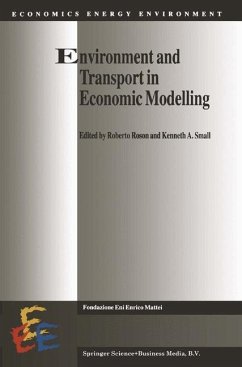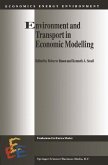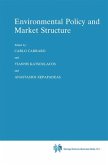The analysis of the relationship between transport and environmental policy invites an interdisciplinary treatment and a variety of approaches, and rightly so. An important subset of the approaches used involves economic analysis. Economic approaches often consider pricing policies, attempting to evaluate their effectiveness in comparison with more traditional measures such as `command and control' regulation and directed technological innovation. Another important subset of approaches involves simulation modelling, where key relationships are presented mathematically so that their influence can be quantified and their interrelationships discerned precisely. This book treats the intersection of these two subsets: simulation models with a strong economic content. This intersection defines a broad but powerful way to study environment and transport. Its breadth is illustrated by the wide range of policies treated here, from carbon taxes to speed limits. Its power derives from the way insights into interrelated actions and the role of markets - the strong points of economic theory - are cast into a form suitable for making quantitative predictions about the results of policies.
Case studies are used to show how simulation models can be designed and used to quantify the effectiveness of economic policies in terms of transport systems management and environmental protection, the emphasis being on the role of the markets in tracing the many effects that policies have, both anticipated and otherwise.
Case studies are used to show how simulation models can be designed and used to quantify the effectiveness of economic policies in terms of transport systems management and environmental protection, the emphasis being on the role of the markets in tracing the many effects that policies have, both anticipated and otherwise.








